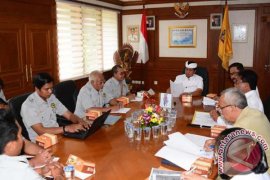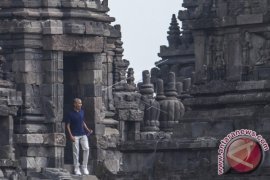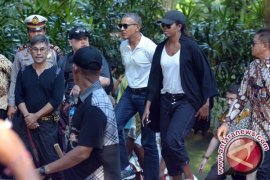Jambi (Antara Bali) - President Susilo Bambang Yudhoyono said that development of tourism should be carried out comprehensively so that it would benefit not only tourists but also the local economy, the local people's welfare.
"Success in the development of a tourism site could be seen from the development of the local economy and improvements in the welfare of the local people," the President said at the commissioning of the Moarojambi Temple Complex as an integrated historical tourism site here on Thursday.
The president hoped that with its inauguration as an integrated tourism area, the Moarojambi Temple Complex would give a chance to the local tourism to develop and local people to improve their welfare.
Accompanied by First Lady Mrs Ani Yudodyono, the president said that Indonesia had since the past several years initiated the development of ancient heritage tourism as announced in the Buddhist Borobudur Temple in 2007.
The idea was welcomed by other ASEAN member countries. Now the events had been held in Cambodia and Los whih also owned temples belonging to the ancient civilization, he said.
Yudhoyono said that the Jambi regional government's plan to develop the Murojambi temple complex should be supported, after all, the temple had been registered by the UNESCO as one of the world's historical heritages in 2009.
According to Wikipedia, the eight temple-like structures appear to be Buddhist, and were probably built around the 14th century.
Archaeologists conclude that the site was the center of Old Jambi, the capital of ancient Malay kingdom which reigned supreme about ten centuries ago.
The capital was sieged and destroyed in 1377 by armies from Burma, now Myanmar.
For centuries, the site had been lost and forgotten deep in the jungle, only to be rediscovered in 1920 by a British military expedition team.
Muara Jambi temple complex covers an area of 12 km2, along the side of Batanghari river.
There are eight main temples in the complex, all of them are located in the center area, fortified by walls. Three of them are already renovated.
In 1982, a 32-centimeters tall female bronze statue was found at Koto Kandis, in the Muara Sabak sub district.
It is believed to be the goddess Laksmi, holding a lotus bud in her left.(*)
Tourism Development Must Benefit Local Economies
Pewarta : 22 September 2011 18:21 WIB









